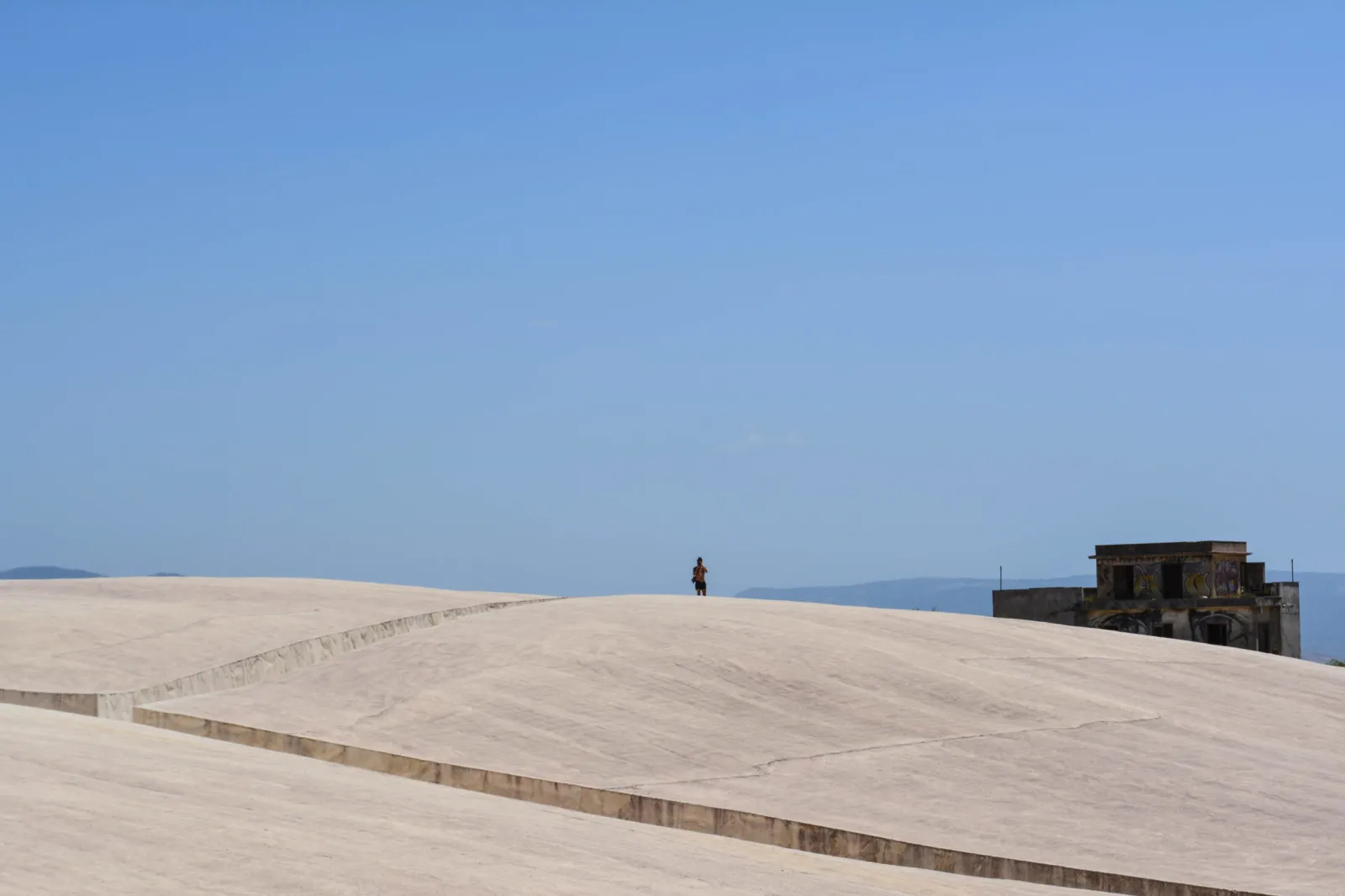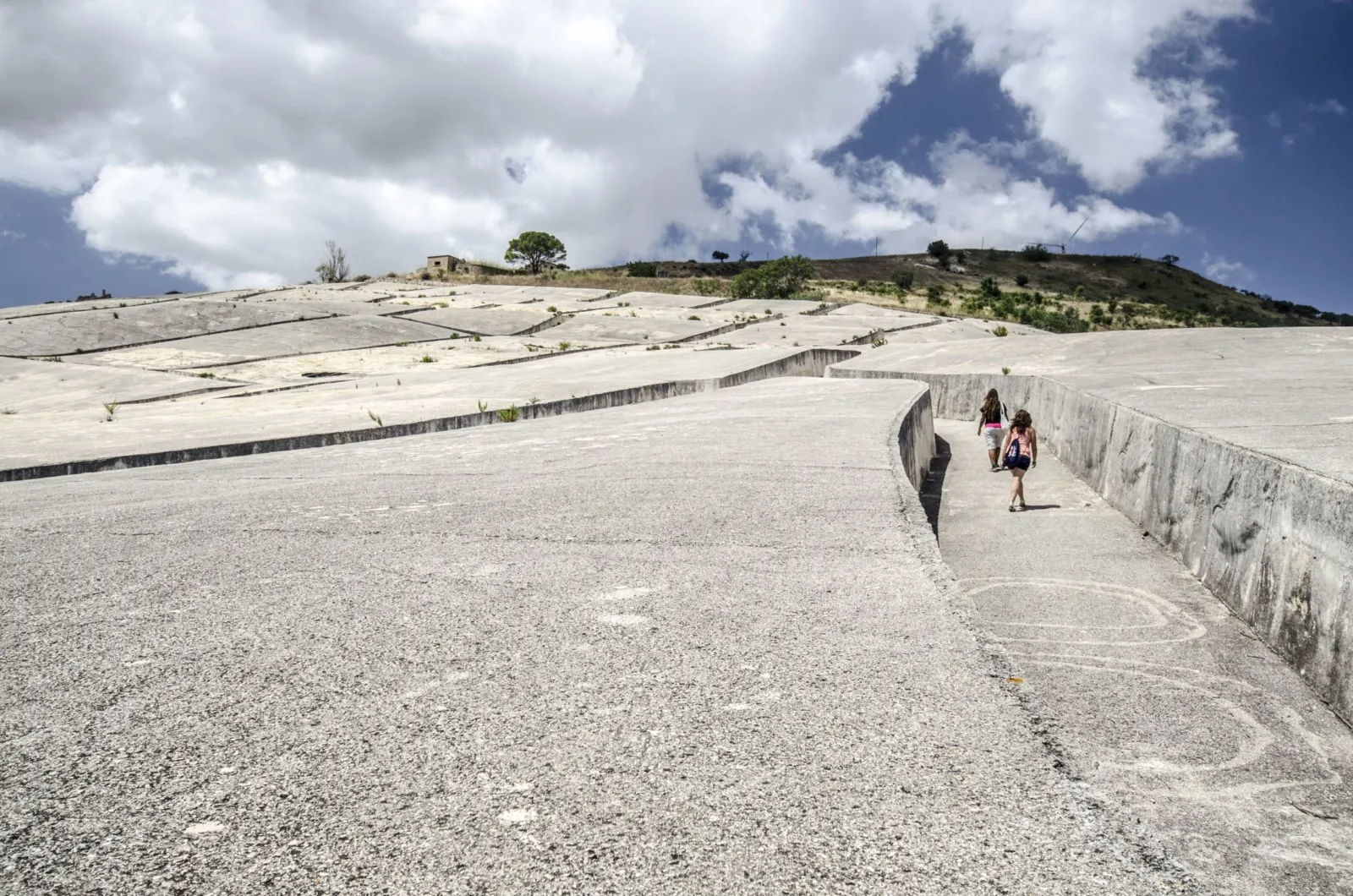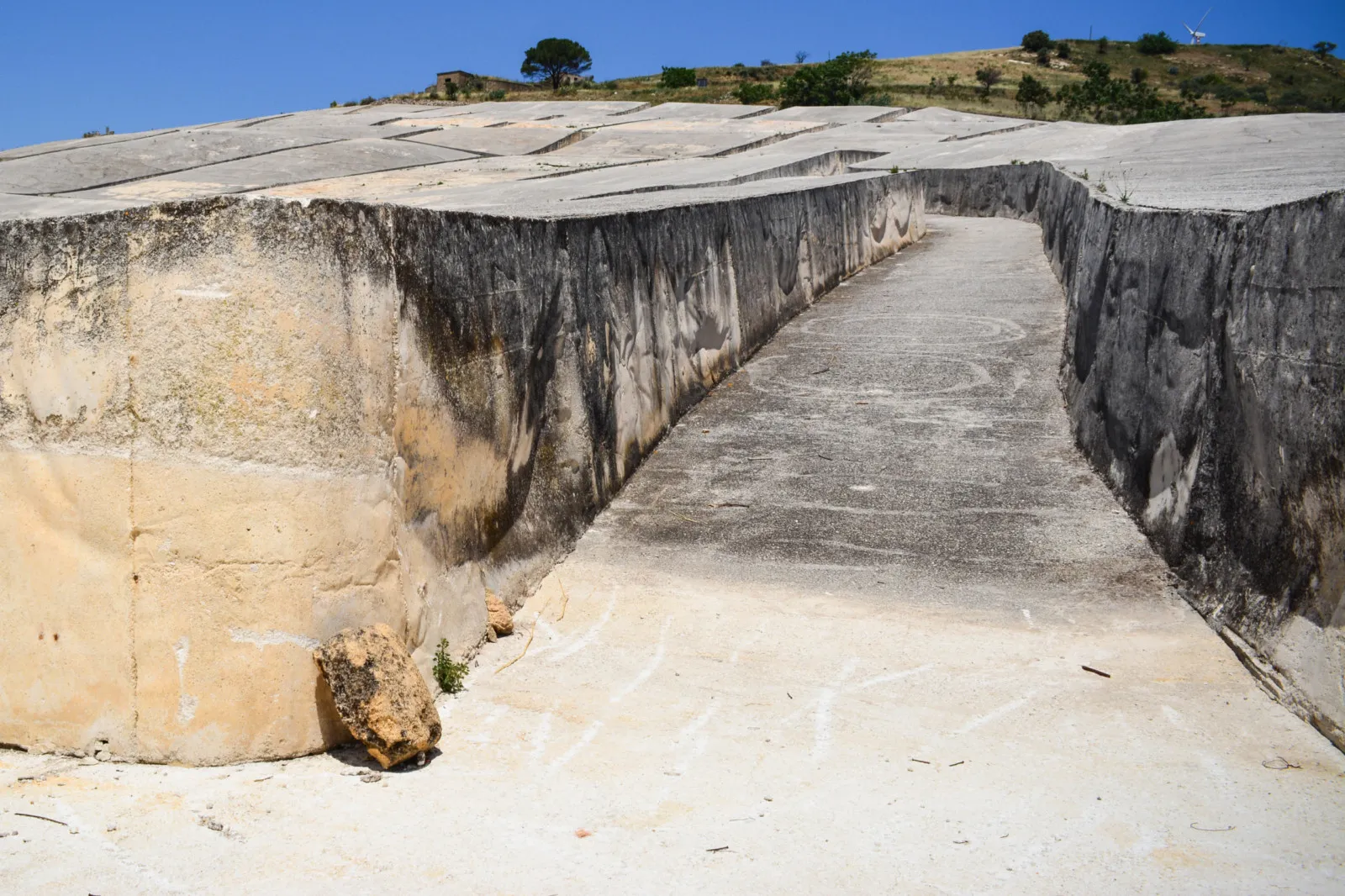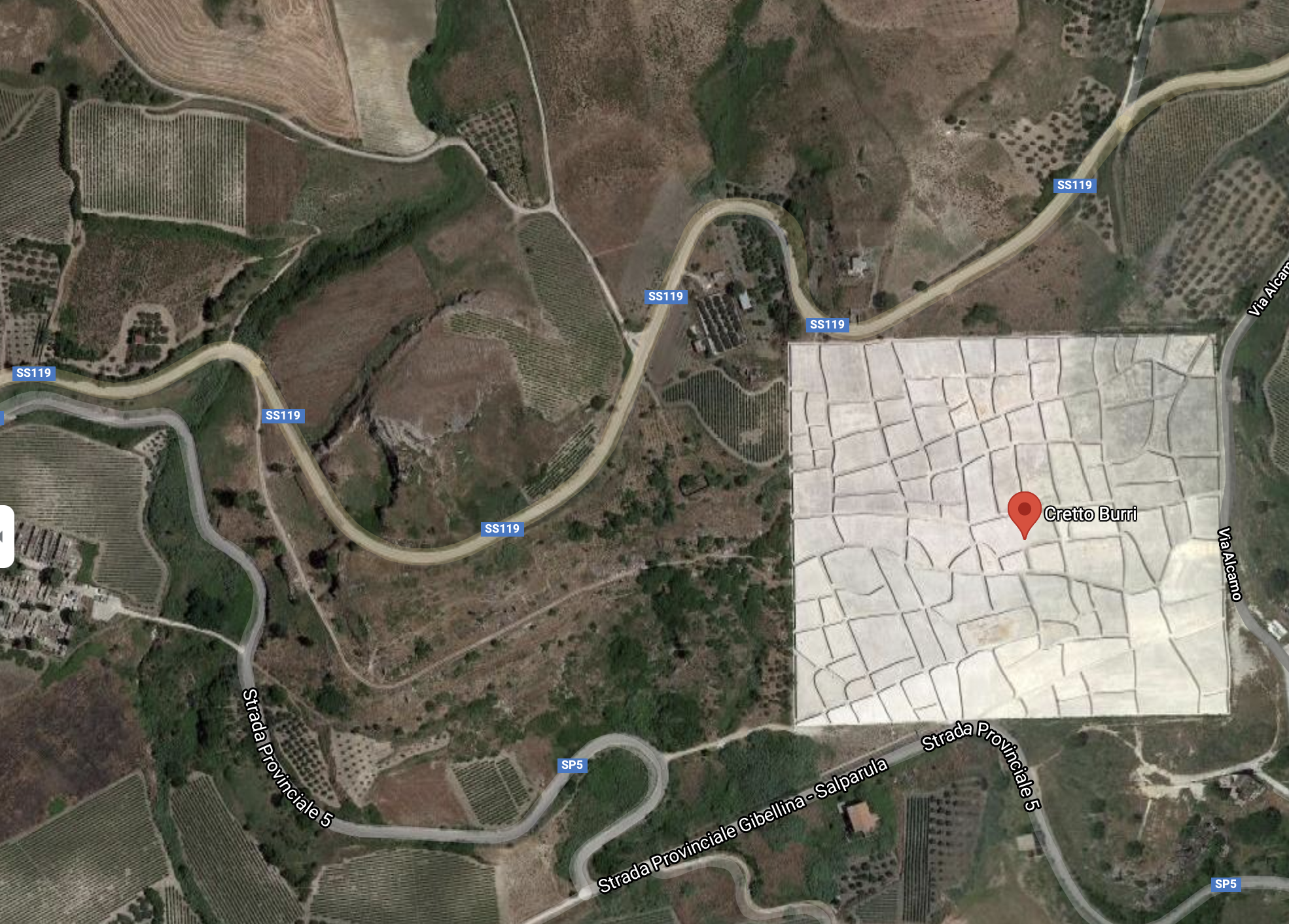A collection of imagery and sources designed to stimulate conversation around the idea of sculpture used to help us remember.
Please note that this page contains links to external websites and has videos from external websites embedded. At the time of creating, AccessArt checked all links to ensure content is appropriate for teachers to access. However external websites and videos are updated and that is beyond our control.
Please let us know if you find a 404 link, or if you feel content is no longer appropriate.
We strongly recommend as part of good teaching practice that teachers watch all videos and visit all websites before sharing with a class. On occasion there may be elements of a video you would prefer not to show to your class and it is the teacher’s responsibility to ensure content is appropriate. Many thanks.



Cretto di Burri by Italian Sculptor Alberto Burri

Alberto Burri – Cretto di Burri (Crack of Burri), 1984–2015, concrete, 1.50 x 350 x 280 m (4.9 x 1,150 x 920 ft), Gibellina, Sicily, Italy, photo: CC BY-NC-SA 2.0 by Luca Di Ciaccio
The Cretto di Burri alias Crack of Burri is a landscape artwork by Italian visual artist, painter, sculptor, and physician Alberto Burri
Located in Sicily, Italy, the project began in 1984, only to stall in 1989 when funds ran out. It was finally completed 30 years later in 2015.
This piece of land art sculpture, made from cast concrete, commemorated the destruction of the city of Gibellina in 1968 by the Belice earthquake.
The quake destroyed the landscape and left thousands of families homeless.

Alberto Burri – Cretto di Burri (Crack of Burri), 1984–2015, concrete, 1.50 x 350 x 280 m (4.9 x 1,150 x 920 ft), Gibellina, Sicily, Italy, photo: CC BY-NC-ND 2.0 by Michele Cannone
Alberto Burri was an artist involved in the creation of a new town, 20 km to the west of the destroyed town. This article describes how the mayor was so impressed with Burri that he invited him to make a piece of art to commemorate the catastrophic event. At first Burri wasn’t sure, but after he visited the destroyed area he said:
I almost felt like crying and immediately the idea came to me: here, here I feel that I could do something. I would do this: we compact the rubble that is so much a problem for everyone, we arm it well, and with the concrete, we make an immense white crack, so that it remains a perennial memory of this event.
Burri and his workers collected the rubble and redistributed it, casting it into huge cement blocks to recreate the old streets.
“The cracked white concrete of this monument memorializes and conceptualizes the ordeal and suffering of the Belice earthquake, with the slits marking not just the literal streets and corridors of the old town but also the violence done to the land, people, as well as profoundly to the cultural memory of the site.” https://publicdelivery.org/cretto-di-burri/

Alberto Burri – Cretto di Burri (Crack of Burri), 1984–2015, concrete, 1.50 x 350 x 280 m (4.9 x 1,150 x 920 ft), Gibellina, Sicily, Italy, photo: CC BY-NC-SA 2.0 by Luca Di Ciaccio
